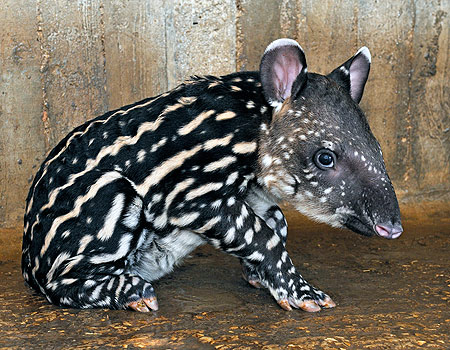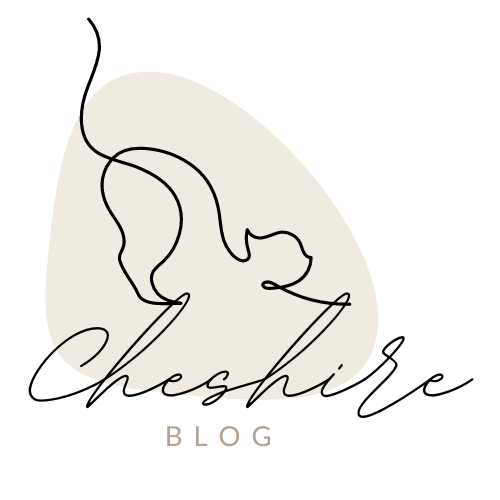So, you decided to come visit Koh Phangan, ha?
“Welcome”.
On second thought, maybe “Welcome” is not the most suitable word…well, like anything I guess it depends on what “Welcome” means for you 😉
Koh Phangan is the Cheshire’s Island. The beautiful, smiling, tanned, and upright posture of Cheshire’s, and if you are not a Cheshire yourself there is a good chance that you will feel that the island (and its inhabitants) do not welcome you with open arms.
There is no intention in the following paper to convince anyone with anything or to sweeten any pill. There is only an intention to shed some light on the mechanism that lies at the base of every Cheshire and the way in which this mechanism is usually experienced by those who are not Cheshire.
Since I have an aversion towards generalizations, I feel the need to put the following disclaimer before we “drill in”- the following document is full of generalizations from beginning to end, so if you, like me, do not tolerate such, I recommend that you stop reading now. But, if you can remember that every theory is by its very nature a cognitive structure, and as such it cannot exist without a ground of generalization, then I suppose you will be able to pass this reading without it arousing too many triggers within you, and hopefully you will be able to absorb its content, without the automatic need of the mind to like and dislike, which obscure what is.
So, what is a Cheshire?

The name Cheshire is borrowed from the famous cat from Alice in Wonderland, the one that sits on a branch of a tree and sometimes disappears entirely and sometimes returns. In fact, he never completely disappears, because even when occasionally his body isn’t seen, his smile remains.
Here it should be pointed out that through the experience of those who are not Cheshire’s, that remnant smile is not enough to imply any presence, and therefore from the perspective of any “other” who isn’t a Cheshire himself, when the Cheshire is retrieving somewhere, although he is leaving his smile hanged, he is gone.
Where does Cheshire go and why?
To try to answer these two questions, let’s apply the concept of a ‘charging cable’ we are familiar with from our electronic devices to humans.
Unlike the sleep and wake cycle that we all share, which occurs on a daily base and charges us primarily physically, the emotional and mental recharge cycle varies in frequency from person to person.
It varies not only in the frequency but also in the location of the power plug base… and here is revealed the main difference between Cheshire and those who are not Cheshires- the location of the power plug base.
For Cheshire’s, the power plug base is located inside them, in some space invisible to the physical eye, in the center of their being.
The fact that the power plug base is inside them has two main outcomes:
The first is the degree of tolerance Cheshire holds for social interactions and the second is vulnerability experienced by those around them (those who are not Cheshire themselves).
The degree of tolerance for social interactions – social interactions often draw energy from a Cheshire to an extent that exceeds the energy they charge them with. This doesn’t imply that Cheshire suffers or doesn’t enjoy or engage with social interactions, it only means that the energies of the common Cheshire usually won’t increase after social interaction, on the contrary. This is one of the reasons that it is common to recognize a movement of withdrawal in Cheshire after social interactions.
Vulnerability on the part of those around him – as mentioned, the Cheshire charging power plug base is inside him and therefore he tends to isolate himself to a greater degree than those who are not Cheshire’s. As already mentioned earlier, from the Cheshire’s point of view the withdrawal that takes place is not a disconnection, Through the Cheshire’s perception he does not disappear anywhere, he is “here”, (‘here’ meaning connected on some basic level to his surrounding’s), he just needs to recharge a bit. For those around him, if they are not Cheshire themselves, this withdrawal is often perceived as rejection.
We seem to have answered both questions.
Where does Cheshire go?
– to his ‘inner world’.
Why?
– Because that’s where his ‘charging’ source is located.
Many of the Cheshires I have met throughout my life since this ‘theory’ started to unfold, have found solace in it. I suspect that the reason for this lies in the tendency of the world we live in, to be a non “pro” Cheshire’s; it means that our society is rooted with narratives which in some way or another describe the common Cheshire behavior as nothing to be proud of (when phrased gently). Cheshire’s, by their very nature, gnaw at the essence of the Western world, which at the end of the day is built on dependence, and due to this, most Cheshire’s walk around with a sense of flaw, as if something is not “right” with them.
Wait, if the “world” has a fundamental problem with Cheshire’s, it means that it is mostly populated by those who are not Cheshire’s….who are they?
These are the tapirs.

We’ll characterize the tapirs based on the characteristics we used for the Cheshire- their relation to social interactions, and the location of their charging cable base.
Social interactions do not drain the Tapirs’ energy, and therefore Tapirs do not feel the need to recharge themselves after such. Not only that, the charging cable base of the common tapir, is found outside, exactly in the place that drains the Cheshire – social interactions. It means that when a tapir feels drained his initial instinct would be to look for social interactions, the exact opposite of Cheshire’s preference when he feels drained.
The reason for the external location of the Tapir power base is connected to the fact that Tapir’s depend for the reassurance of their existence on the echo received from their social environment. This in turn has the effect that when a tapir does not receive any social echo, a feeling of anxiety begins to overwhelm him.
In the mind of the tapir, which as mentioned is only familiar with the option of an outside charging cable, the Cheshire disappears. And in accordance with a common Tapir perception- disappearance means rejection.
If the common feeling of a tapir is of being rejected, the common feeling of a Cheshire is of suffocation.
There is a point I find important to clarify- The initial tendency of our consciousness is to classify things, and therefore most of those who hear this ‘theory’ classify the Cheshire as a “good” condition and the tapir as a “bad” condition. That is far from what this paper is claiming.
A ‘real’ Cheshire knows the tapir inside him. A Cheshire who does not know the tapir inside him is a Cheshire who might have not undergone a crucial developmental process, and therefore there might be a chance that his turning inward is done for reasons other than self-assertion, for instance, “preventiveness”, “anxiety” and many other elements that his awareness is blind to.
By and large, I find this movement between a tapir and a Chesher to be an evolutionary movement that marks development, and still, even though the tapir is at the beginning and the Cheshire constitutes the metamorphosis, there is no hint in the words that being a Chesher is a goal or that there is something ‘wrong’ with tapirs. Both are states of consciousness and as being so, both are equally ‘legitimate’
In every person, there are both tapir parts and Cheshire parts, yet everyone has a distinct tendency towards one of the sides, but “wholeness”, as ‘I’ see it, can only come from familiarity and acceptance (personal, experiential, and not theoretical) of both.
It was mentioned before that the world is built on dependence and therefore it is mostly inhabited and led by tapirs. One of the consequences of this is the many stigmas that are attached to Cheshire in the world: avoidant, anxious, unsocial, egocentric, living in their own bubble, etc.
Yes, the world does not like those who do not play its game of interdependence, they smash the bubble he cultivates with great efforts in its face.
But there is a small island in a small bay in Southeast Asia, which besides being a Thai island like all other islands on the Gulf of Thailand, is also a refuge for all Cheshire’s wherever they are. This is Cheshire’s Island- commonly known as Koh Phangan- The beautiful, smiling, tanned, and upright posture of Cheshire’s Island. They come here from all over the world after they didn’t find their place in the tapir culture that seems to inhabit almost every corner of it.
Here they can finally live in peace and quiet without feeling guilty or dealing with the insults and demands of occasional tapirs. Without walking between the lines (marked by the Tapir cloture) and without the need to try to read all the unspoken laws.
One place in the world where they can withdraw within themselves whenever they want, as much as they want, and nobody will raise even half an eyebrow.

